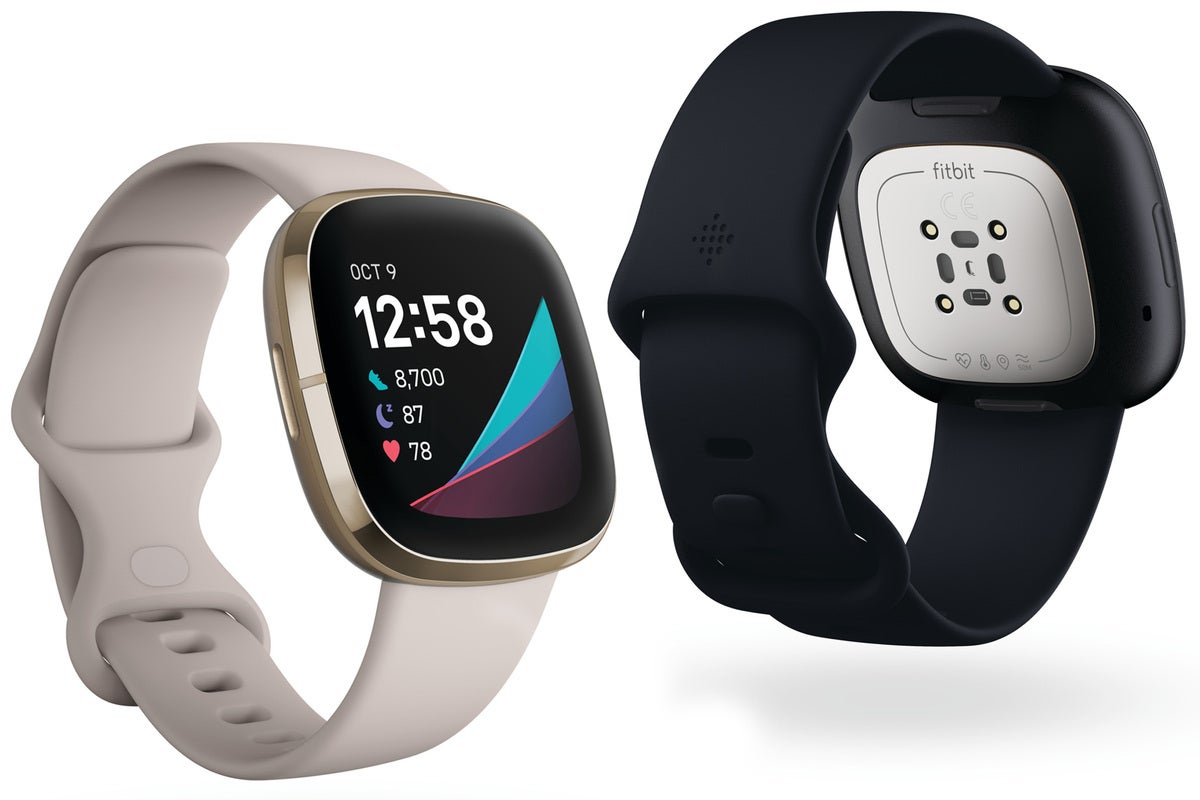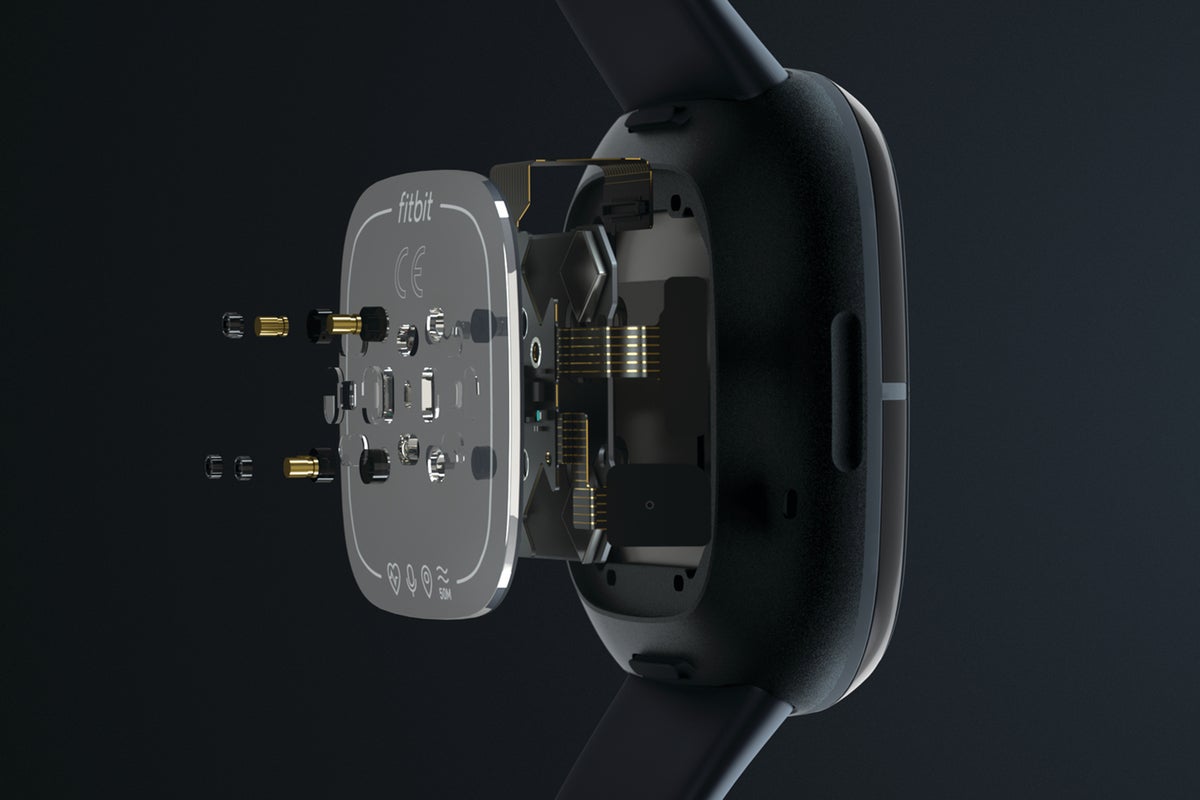Now it just needs to work.
Fitbit
Today’s Best Tech Deals
Picked by Macworld’s Editors
Top Deals On Great Products
Picked by Techconnect’s Editors
The Apple Watch will soon be able to detect when you start washing your hands, but if you want to stay on top of mental and physical warning signs in a risk-heightened world, Fitbit wants its newest smartwatch to be the only thing on your wrist. Equipped with stress, heart rhythm, and skin temperature scanners, the Sense might be the most ambitious device Fitbit—or any other smartwatch maker—has ever made.
While it might look a lot like the Versa 3 with a square design and 1.58-inch display, the Sense is loaded with an array of next-gen sensors and algorithms the likes of which you won’t find on any other smartwatch. There’s an ECG app for assessing your heart rhythm for signs of atrial fibrillation, an EDA sensor that detects electrodermal activity, and a skin temperature sensor that logs your skin temperature each night to check for subtle variations. Add a second-gen PurePulse heart-rate sensor and the usual fitness features and you’ve got a device that can understand your body like no other consumer wearable on the market today.
The EDA sensor is under the screen and measures “small electrical changes in the sweat level of your skin” when you put your palm over the face of the Sense. A quick scan will generate a Stress Management Score based on “how your body is responding to stress based on your heart rate, sleep, and activity level data.” Like your Sleep Score, higher numbers are better, and your Sense will offer tips to get better scores through meditation and relaxed breathing.
Also onboard the Sense is a new ECG sensor accessible by holding two fingers on the corners of the stainless-steel ring around the screen for 30 seconds to help identify possible atrial fibrillation. It also has a new “multi-path” heart rate sensor and updated algorithm that will deliver high and low heart-rate notifications.
 Fitbit
FitbitThe Fitbit Sense looks a lot like the Versa 3, but it’s packed with new sensors and algorithms.
But the most interesting sensor on the Fitbit Sense is the new skin temperature sensor “to detect changes to your wellbeing that may potentially be a sign of a fever, illness or the start of a new menstrual phase.” Skin temperatures are recorded overnight while you sleep so you can spot trends over short periods of time rather than randomly checking throughout the day.
With a Fitbit premium subscription ($10 a month or $80 a year), you’ll unlock even more sensing with the Sense. For example, your stress score will include detailed breakdowns of how the score is calculated, including “exertion balance (impact of activity), responsiveness (heart rate, heart rate variability, and electrodermal activity from the EDA Scan app), and sleep patterns (sleep quality).” And a new Health Metrics dashboard will track “breathing rate (average breaths per minute), resting heart rate (an important indicator of cardiovascular health), heart rate variability (variation of time between each heartbeat), and skin temperature variations.
Along with the new sensors, you’ll also get all of the features in the Versa 3, including onboard GPS, exercise modes, sleep tracking, auto exercise tracking, and a choice between Amazon Alexa or Google Assistant. There’s also NFC for Fitbit Pay, 50M water resistance, a new magnetic fast-charging power adapter, and new customizable widgets and redesigned notifications.
Of course, all of the Sense’s bells and whistles won’t be worth much if they don’t work, but that’ll have to wait until we can get our hands on one. For now, it’s the first wearable that’s fully embracing the realities of a post-COVID world. Whether you’re managing stress, keeping tabs on your heart health, or watching for warning signs of illness, the Sense has you covered with features that you simply won’t find anywhere else.
You can preorder the Sense today for $330 for shipping in late September.
Note: When you purchase something after clicking links in our articles, we may earn a small commission. Read our affiliate link policy for more details.
Michael Simon covers all things mobile for PCWorld and Macworld. You can usually find him with his nose buried in a screen. The best way to yell at him is on Twitter.


